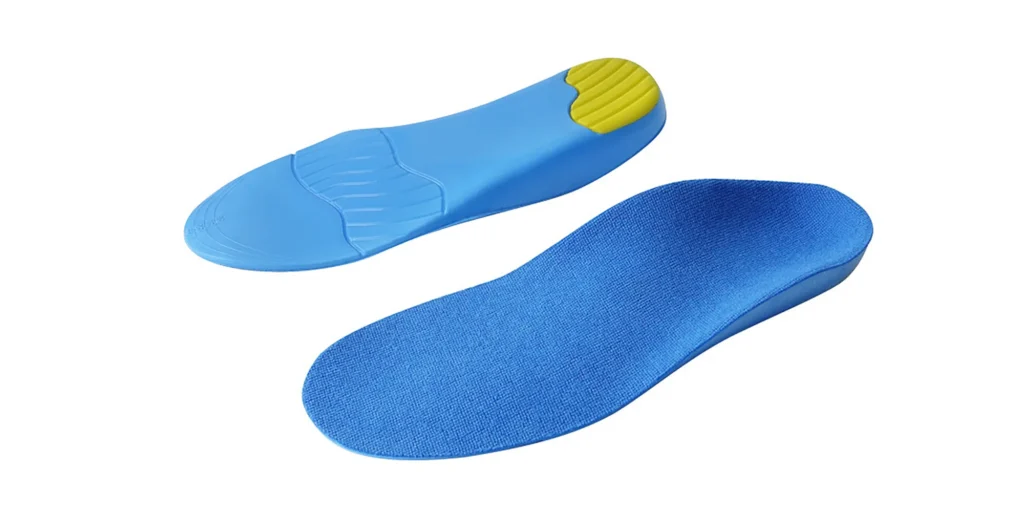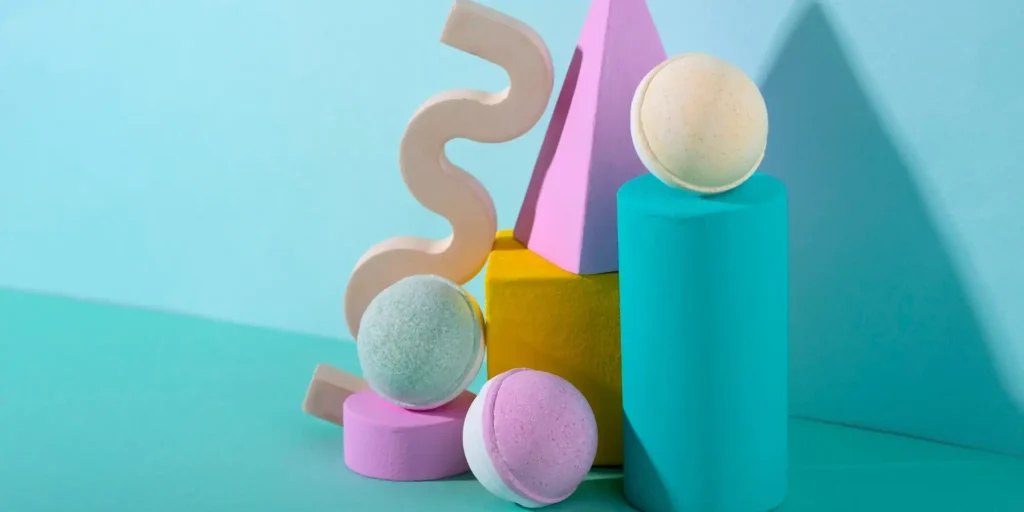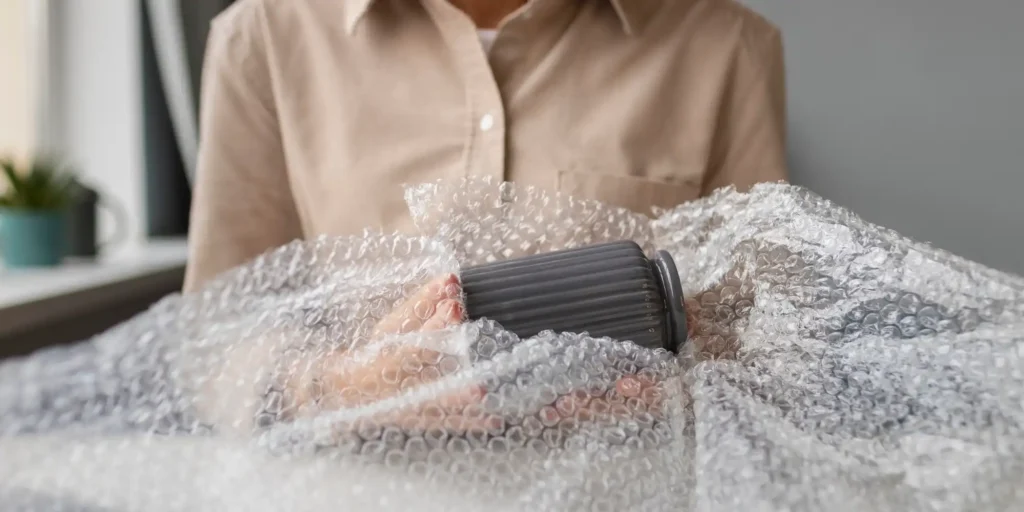Abstract
EVA (ethylene-vinyl acetate copolymer) foam has become a cornerstone material for athletic and casual footwear due to its unique thermal molding capabilities. This article delves into the principles of thermal compression, analyzing the deformation mechanisms of EVA molecules under heat and pressure, while uncovering the secrets behind its precision fit—from material elasticity to mold engineering, offering a comprehensive explanation of the science behind unparalleled comfort.
I. Thermal Molding: The “Shape-Shifting Magic” of EVA Footwear
Thermal molding involves heating EVA pellets to 160–180°C until they soften into a molten state, then injecting them into meticulously designed 3D shoe molds. Applying high pressure (10–20 MPa), the material instantly fills the cavity and solidifies upon cooling, achieving two critical breakthroughs:
- Molecular Reorganization – High temperatures disrupt EVA’s original molecular chains, which realign under pressure into a more stable closed-cell foam structure.
- Precision Engineering – Molds based on foot arch and metatarsal curvature ensure成型误差<0.5mm for soles/midsoles.
II. Why EVA “Remembers” Your Foot Shape? The Key Lies in Material Properties
| Property | Scientific Principle | Functional Benefit |
|---|---|---|
| High Elasticity | Closed-cell structure stores compression energy | Rapid rebound reduces foot fatigue |
| Thermal Viscoelasticity | Heat increases molecular mobility, enhancing pliability | Body heat allows dynamic micro-adjustments for a personalized fit |
| Tunable Density | Porosity controlled by foaming agent ratio (0.1–0.4g/cm³) | Zoned designs: arch support + forefoot cushioning |
III. From Lab to Foot: Validating the Perfect Fit
Using 3D foot scans and gait analysis, engineers refine molds. Final products undergo dual testing:
- Pressure Distribution Tests – EVA improves sole pressure dispersion by 40%.
- Fatigue Resistance Trials – <3% deformation after 10,000 flex cycles, outperforming PVC/rubber.
FAQ
Q1: How does thermal molding differ from injection molding?
A: Thermal molding shapes solid-state foam under heat, preserving lightweight closed cells; injection molding fills molds with molten material for dense parts. EVA footwear prioritizes thermal molding for optimal elasticity and shock absorption.
Q2: Can body heat “re-melt” EVA shoes?
A: Impossible! Thermal molding requires 160°C+, while body temperature is only 37°C. Daily wear activates viscoelasticity (not melting), enhancing comfort.
Q3: Why do EVA soles adapt better over time?
A: Prolonged wear induces microscopic molecular realignments under body heat/pressure, gradually customizing to your foot’s unique topography.
Q4: Is thermal molding eco-friendly?
A: Yes. EVA is recyclable, and modern low-temperature foaming cuts energy use by 30% with zero toxic emissions, aligning with sustainability standards.
Q5: How to identify premium EVA?
A: Assess rebound speed (<3s recovery), density (~0.2g/cm³ ideal), and closed-cell rate (>85%). High-quality EVA compresses silently without cracking.
WELLE Trade has over 20 years of experience in the production and processing of PE/EVA/TPE foams, so you may want to consult with them if you have any sourcing needs.




